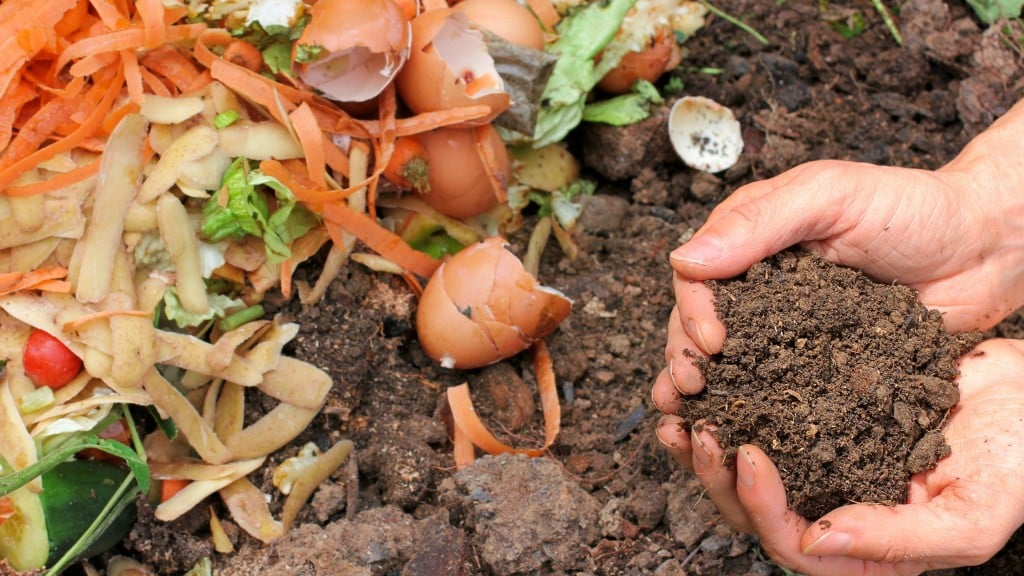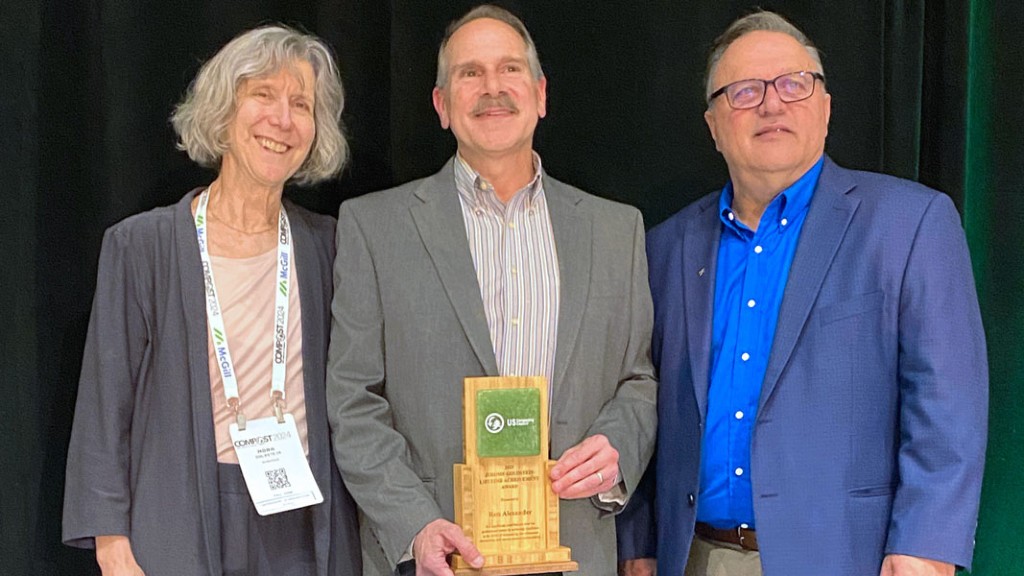
A report from the Composting Consortium, an industry collaboration led by the Center for the Circular Economy at Closed Loop Partners, has reviewed a critical data gap for the U.S. composting industry: how well certified, food-contact compostable packaging actually breaks down in real-world composting facilities.
The report, Breaking It Down: The Realities of Compostable Packaging Disintegration in Composting Systems, shares findings from an 18-month study - the largest known field test of certified, food-contact compostable packaging conducted in North America - revealing the realities of compostable plastic and fibre disintegration in diverse in-field composting conditions.
In total, the study tested over 23,000 units of certified food-contact compostable packaging within large-scale industrial composting environments. This encompassed 31 types of fibre packaging & products and compostable plastic packaging & products, such as PLA and PHA, across 10 diverse composting facilities across the U.S.
Compostable packaging is growing as an alternative to conventional plastics amidst an urgent waste crisis. Roughly one-third of the world's food is wasted each year, a loss estimated at $230 billion. Nearly 60 percent of the uncontrolled methane emissions from municipal landfills are caused by discarded food, highlighting its significant impact on the environment. To address the urgent food waste and climate challenge, demand for organics circularity is rising, and with it, the volume of food-contact compostable packaging - a market poised to grow 16 percent annually in the U.S. until 2032, four times faster than traditional plastic packaging./
Today, the U.S. composting industry is in an early stage of transformation to accept and process more food waste; approximately 70 percent of the composters who process food also accept and process some format of food-contact compostable packaging, with the understanding that accepting these materials helps bring in more food waste to their facilities.
For compostable packaging to reach its full potential as a circular packaging solution, disintegration at end-of-life is critical, in tandem with consistent labeling and design that differentiates compostable and non-compostable packaging further upstream, as well as policies that incentivize robust composting infrastructure to process these materials. In this new study, the Composting Consortium focuses on how compostable packaging breaks down. Previously, scant information was publicly available on the disintegration of compostable packaging, particularly on the compost environments in which they disintegrate.
This study found that overall, compostable packaging breaks down successfully at composting facilities that meet reasonable operational parameters (e.g., compost pile temperatures, moisture, oxygen, pH, etc., defined in The Composting Handbook).
While the Consortium's study did not assess disintegration with the intention to "pass" or "fail" any specific compostable packaging or product, notably, the average compostable plastic and fibre packaging in-field performance in this study met disintegration thresholds used by industry groups:
- Compostable plastic packaging and products broke down successfully across five composting methods, and all 10 facilities' varying processing timeframes and operating conditions, achieving 98 percent disintegration on average by surface area, which exceeds industry thresholds to achieve a 90 percent or higher disintegration.
- Compostable fibre packaging and products achieved 83 percent disintegration on average by surface area, meeting industry thresholds to achieve an 80 percent or higher disintegration. Findings showed that certain operating conditions, like turning, agitation, and consistent moisture levels above 50 percent, support increased disintegration of fibre packaging and products.
The findings point to the viability of certified food-contact compostable packaging as an alternative packaging solution to single-use conventional plastic packaging. It also highlights the importance of ensuring that these materials align with available recovery infrastructure, and the importance of expanding robust recovery pathways to divert compostable packaging, and the food scraps they carry, from landfill - that is at the core of the Composting Consortium's mission.
The Composting Consortium, in collaboration with its brand and industry partners, the US Composting Council, the Compost Research and Education Foundation, and other groups, will leverage these findings to help inform policymaking around compostable packaging, update best management practices for composting facilities and shape a field test standard for evaluating compostable packaging disintegration at composting facilities. Data from this study will be donated to the Compostable Field Testing Program (CFTP), which will later launch an open-source database on the disintegration of compostable packaging. Additionally, ASTM International is currently developing an in-field test method for assessing the disintegration of compostable items at composting facilities, and the data from this study will be used to inform the draft field testing method. As the Consortium moves into its next phase of work, the results of this study will shape its engagement and education efforts with composters, municipalities, regulators, brands and packaging manufacturers.
"Field testing for disintegration has been ongoing for three decades, and the Composting Consortium's work across the value chain has significantly advanced insights for the industry," says Diane Hazard, Executive Director of the Compost Research and Education Foundation. "The collaborative approach and open-source data from this project both advances field testing methods and equips compost manufacturers and brands with the knowledge to better understand the variability of disintegration across different systems, all major steps towards successfully processing compostable packaging."
"Brands and manufacturers must prioritize material selection and design and labeling for compostable packaging to achieve optimal performance in composting environments, which can then incentivize composters to accept food-contact compostable packaging materials at their facilities," says Frank Franciosi, Executive Director of the US Composting Council, an industry partner of the Composting Consortium. "As feedstock for composters becomes diversified and more complex, it's important for all entities within the supply chain to support consumer education on source separation of organics and reevaluate best management practices to support those composters who choose to accept compostable packaging, and this study is another tool for our industry to be able to start that process."
"Alongside design and reduction as well as reuse and recycling, composting is an important solution for waste mitigation. Through this research, the Composting Consortium sheds light on what is needed for compostable packaging to have the greatest positive impact. Informed by this robust data, we can together ensure the responsible growth of compostable packaging and composting infrastructure, and drive toward circular outcomes, including increased diversion of food scraps and compostable packaging from landfills," says Kate Daly, Managing Director and Head of the Center for the Circular Economy at Closed Loop Partners.



